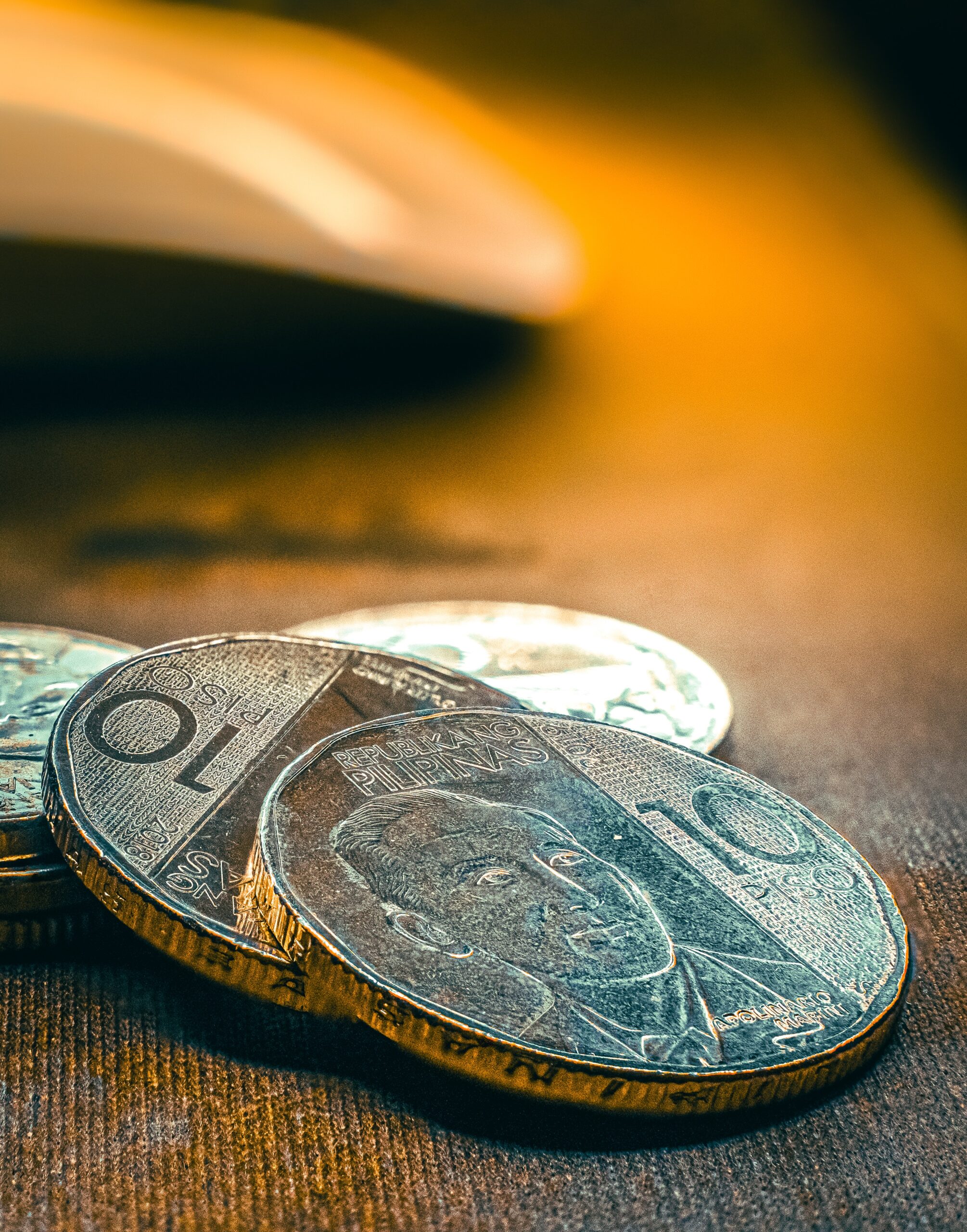Black Market Peso Exchange (BMPE)
Black Market Peso Exchange (BMPE) is a money laundering technique commonly used in Latin American countries. It involves the conversion of illicit proceeds from drug trafficking or other criminal activities into legitimate funds through the use of trade-based transactions.
 Written by Erling Andersen
Written by Erling Andersen
Definition: The Black Market Peso Exchange (BMPE) refers to a money laundering scheme commonly employed in countries with significant illicit drug trades. In this scheme, drug traffickers generate profits from the sale of illegal drugs in the United States, which are then laundered through a complex system of currency exchanges.
Historical View
The origins of the Black Market Peso Exchange can be traced back to the 1970s when drug cartels in Latin America sought ways to launder their illicit proceeds. These cartels realized that directly depositing their drug profits in local banks could raise suspicion and attract the attention of authorities.
Instead, they devised a method to convert their U.S. dollars into local currencies using intermediaries known as peso brokers. These peso brokers acted as a bridge between drug traffickers and legitimate importers/exporters, facilitating the conversion of drug proceeds into seemingly legitimate funds.
Over time, the BMPE system evolved and became more sophisticated, adapting to the changing dynamics of global financial markets and law enforcement efforts.
Practical Examples
1. Drug traffickers in Colombia sell their illicit drug proceeds in U.S. dollars within the black market.
2. The U.S. dollars are then handed over to a peso broker who operates within the illicit financial network.
3. The peso broker arranges for the funds to be converted into the local currency of the drug trafficking organization’s country.
4. The local currency is used to pay importers/exporters for legitimate goods and services.
5. This process effectively converts the illegal proceeds into seemingly legitimate funds.
6. The peso broker earns a commission for facilitating the money laundering process.
7. The importers/exporters involved in the transactions may be unaware of the illicit origin of the funds.
8. The cycle continues, with drug traffickers consistently finding ways to integrate their illegal proceeds into the legitimate economy.
9. The BMPE scheme is not limited to drug trafficking but can also involve other forms of illicit activities, such as smuggling or corruption.
10. Law enforcement agencies and financial institutions play a crucial role in identifying and disrupting BMPE networks.
Statistics
1. According to the United Nations Office on Drugs and Crime (UNODC), the global drug trade generates an estimated $400 billion annually.
2. It is estimated that drug cartels in Latin America launder billions of dollars each year through the BMPE system.
3. The Financial Action Task Force (FATF) reports that money laundering represents approximately 2-5% of global GDP, amounting to trillions of dollars.
4. In the United States, the Drug Enforcement Administration (DEA) has seized millions of dollars linked to BMPE activities.
5. A study conducted by the RAND Corporation estimated that up to 40% of the U.S. currency leaving the country is associated with illicit activities, including BMPE.
6. Law enforcement agencies have been successful in dismantling BMPE networks and seizing significant amounts of illicit funds.
7. However, the ever-evolving nature of money laundering techniques poses ongoing challenges for authorities.
8. The use of cryptocurrency and emerging technologies further complicates the detection and prevention of BMPE.
9. Cooperation and information sharing between countries and financial institutions are vital in combating BMPE.
10. Enhanced AML (Anti-Money Laundering) regulations and compliance measures aim to curb the effectiveness of BMPE networks.
Incidents
1. In 2019, U.S. authorities arrested several individuals involved in a BMPE operation that laundered over $500 million in drug proceeds.
2. In 2017, Mexican authorities dismantled a major BMPE network, seizing more than $45 million in cash and assets.
3. The BMPE scheme has been linked to numerous high-profile drug trafficking cases, such as the infamous Medellín and Cali cartels in Colombia.
4. Several financial institutions have faced regulatory penalties and fines for failing to detect and report BMPE-related transactions.
5. Instances of corruption within law enforcement agencies and government institutions have facilitated the growth of BMPE networks.
6. The use of shell companies and front businesses is common in BMPE operations, making it challenging to trace the illicit funds.
7. Money laundering through BMPE has been associated with the financing of other criminal activities, such as terrorism and human trafficking.
8. BMPE networks often exploit vulnerabilities in global trade systems and cross-border transactions.
9. The involvement of legitimate businesses in BMPE activities can lead to reputational damage and legal consequences.
10. Recent cases have highlighted the importance of public-private partnerships in combating BMPE and sharing intelligence to disrupt these networks.
The Future
1. The future of combating BMPE lies in the effective implementation of advanced technologies, such as artificial intelligence and machine learning, to detect patterns and anomalies in financial transactions.
2. Ongoing international cooperation and information sharing are crucial in identifying and dismantling global BMPE networks.
3. Financial institutions must continuously enhance their AML compliance measures to detect and report suspicious transactions linked to BMPE.
4. The integration of blockchain technology and distributed ledger systems can improve transparency and traceability in financial transactions, reducing the effectiveness of BMPE.
5. Governments and regulatory bodies should strengthen penalties and enforcement actions against individuals and entities involved in BMPE activities.
6. Increased awareness and training programs for law enforcement, financial professionals, and the general public can help identify and report potential BMPE-related activities.
7. The development of advanced data analytics tools and risk assessment models can aid in the identification of BMPE patterns and trends.
8. The rise of decentralized finance (DeFi) and digital assets poses new challenges and opportunities in combating BMPE.
9. Emerging technologies, such as artificial intelligence and blockchain, can also be utilized by money launderers, requiring constant adaptation of AML strategies.
10. The future of AML compliance lies in comprehensive solutions like Kyros AML Data Suite, which offers advanced analytics, risk assessment, and transaction monitoring capabilities to detect and prevent BMPE and other forms of money laundering.
11. Collaboration between regulatory bodies and technology companies can lead to the development of innovative solutions specifically tailored to combat the challenges posed by BMPE.
12. Continuous monitoring and analysis of financial transactions are essential to detect suspicious patterns and identify potential BMPE activities.
13. The use of big data analytics can provide valuable insights into the complex network of BMPE and aid in the identification of key actors involved.
“The Black Market Peso Exchange is a sophisticated and dangerous money laundering operation that fuels the drug trade and undermines the stability of the global financial system.” – David S. Cohen, Former Under Secretary for Terrorism and Financial Intelligence at the U.S. Department of Treasury.
14. Financial intelligence units play a critical role in gathering and analyzing information related to BMPE to support law enforcement efforts.
15. Increased public awareness and education about the risks and consequences of participating in BMPE activities can help deter individuals from engaging in money laundering.
16. The collaboration between public and private sectors, including financial institutions, technology providers, and law enforcement agencies, is crucial in effectively combating BMPE.
17. Strengthening international cooperation and information sharing mechanisms can improve the effectiveness of efforts to dismantle BMPE networks across borders.
18. The implementation of strict customer due diligence measures by financial institutions can help mitigate the risks associated with BMPE transactions.
19. Regulatory authorities should regularly update and adapt AML regulations to keep pace with evolving money laundering techniques, including those employed in BMPE.
20. Ongoing research and development in the field of AML technology are essential to stay ahead of the ever-changing tactics employed by BMPE networks.
In summary, the Black Market Peso Exchange (BMPE) is a complex money laundering scheme that poses significant challenges to global AML compliance efforts. Understanding its definition, historical context, practical examples. Also statistics, incidents, and future implications is crucial in developing effective strategies to combat BMPE. By leveraging advanced technologies. Also international cooperation, and robust AML compliance solutions like Kyros AML Data Suite, we can strengthen our defenses against BMPE and protect the integrity of the global financial system.
Explore the power of Kyros AML Data Suite and join the fight against money laundering. Visit kyrosaml.com to learn more and schedule a demo.
Explore the Power of Kyros AML Data Suite
As the fight against money laundering intensifies, Kyros AML Data Suite offers a comprehensive solution for financial institutions and law enforcement agencies. With its advanced analytics and risk assessment capabilities, Kyros AML Data Suite can effectively identify and flag suspicious transactions associated with BMPE.
By leveraging machine learning algorithms and data integration, Kyros AML Data Suite provides real-time monitoring and alerts, enabling proactive detection and prevention of money laundering activities. Its user-friendly interface and customizable features make it a powerful tool in enhancing AML compliance efforts.
With Kyros AML Data Suite, financial institutions can streamline their AML processes, reduce false positives, and ensure regulatory compliance. By embracing innovative technologies like Kyros AML Data Suite, the global community can work together to combat BMPE and protect the integrity of the financial system.
Visit kyrosaml.com to learn more about Kyros AML Data Suite and how it can strengthen your AML compliance framework.
Conclusion
The Black Market Peso Exchange (BMPE) continues to pose significant challenges to global AML compliance efforts. As drug traffickers and criminal organizations adapt their money laundering techniques, it is crucial for authorities, financial institutions, and technology providers to remain vigilant and proactive in combating BMPE.
Through international cooperation, advanced technologies, and robust AML compliance measures like Kyros AML Data Suite, we can enhance our ability to detect, disrupt, and prevent BMPE networks. By staying ahead of these illicit activities, we can safeguard the integrity of the financial system and contribute to a safer and more secure global economy.
Share article on


